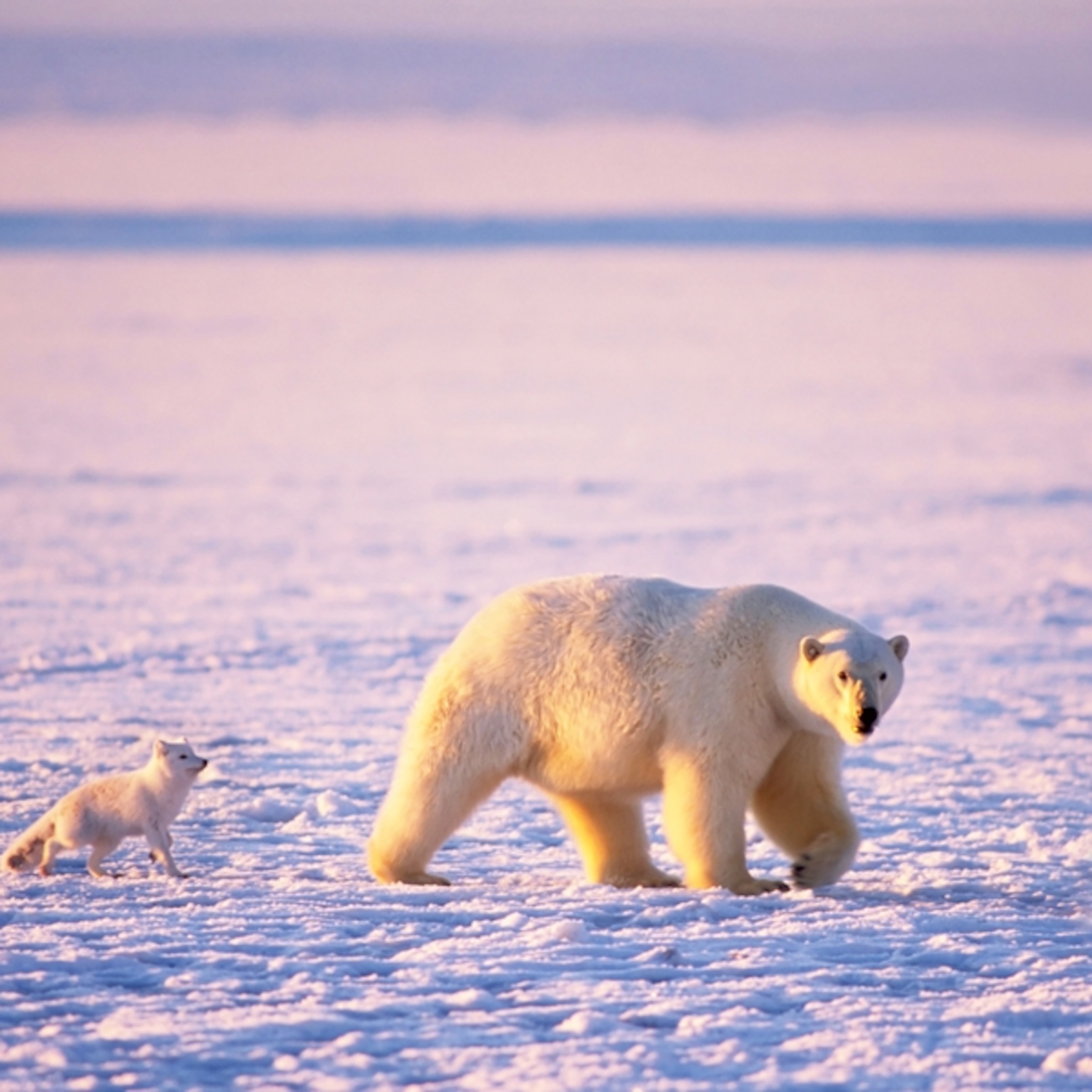Arctic Animals Adaptations Ks1

There are many animals that spend time in the frigid waters of the Arctic and around Antarctica that have a special layer of fat called blubber whales narwhals belugas orcas etc seals sea lions elephant seals walruses polar bears and even baby penguins.
Arctic animals adaptations ks1. Thick fur on the feet also helps to stop its paws from freezing to the ice. Several kinds of penguins including the emperor penguin live in Antarctica and so do walruses and narwhals. Walruses and humpback whales live in the Arctic ocean.
Polar bears and arctic foxes are adapted to the extreme weather of the Arctic region. A thick furry tail helps to keep the animal warm when it curls up to sleep. It also covers the different types of conditions that arctic plants have to survive in and why they adapted in the first placeIt also teaches students key knowledge about the Polar Region topic.
See how animals in the Arctic have adapted. Students will learn how these animals adapt to their environment in this lesson on on Arctic animals. Distribute the worksheet Arctic Animal Adaptations.
A substantial blubber layer lies under the skin acting as insulation so allowing the seals to swim indefinitely in frigid Antarctic waters down to -2C. Smooth streamlined shape to pass easily through the water. CARIBOU are members of the deer family.
Lots of photo resources are available below showing different arctic and antarctic animals. Our Planet Squirrels and Animals in the Snow. The LEGO Arctic Map resource can be used as a printed handout for pupils to complete the eight missions on the map or for display on the interactive whiteboard to complete as a whole class exercise.
The narrator explains their key adaptations and we see them in their natural environment the very cold Arctic. ANIMAL ADAPTATIONS Lesson 92 Create your own adapted animals. I have also included a polar code work starter.



















